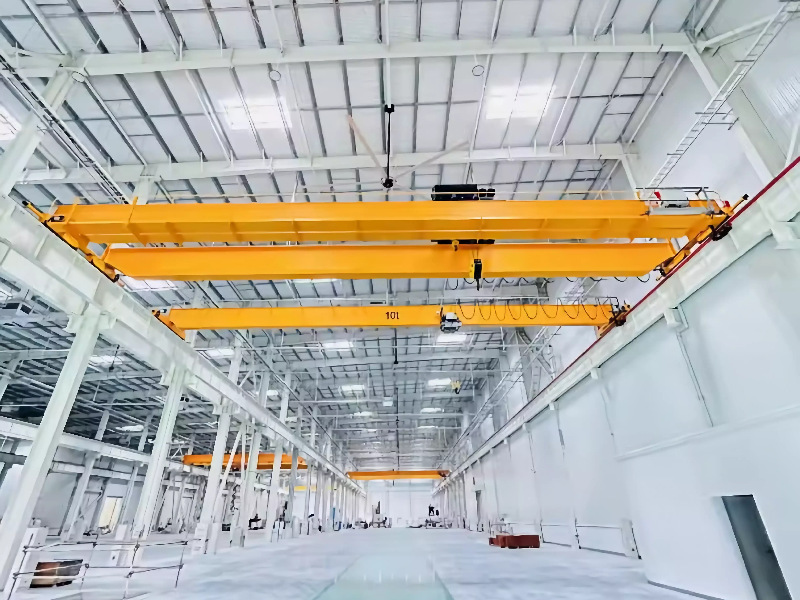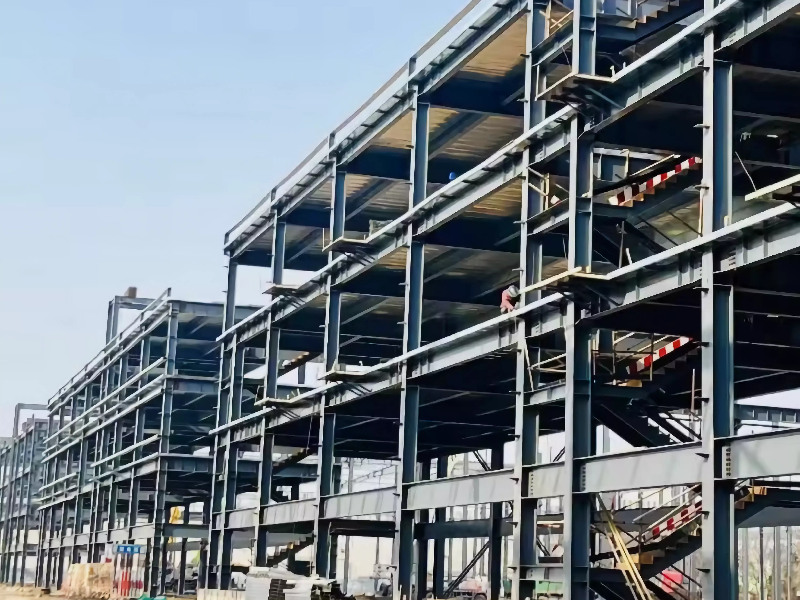The reinforcement of steel structures is a crucial measure to ensure the long-term stability and safety of buildings, and its importance becomes increasingly prominent as the building ages. Among the reinforcement methods mentioned in the original text, each has its unique application scenarios and advantages.
Firstly, load-bearing reinforcement is a method that can be carried out without adding extra construction burden, allowing the structure to continue to bear loads during the reinforcement process. The key to this method lies in the temporary unloading measures that enable the newly reinforced components to participate in the structural load-bearing as soon as possible, thereby enhancing the overall load-bearing capacity. However, this method requires precise calculation and design to ensure the stability of the structure is not affected during the reinforcement process.
Unloading reinforcement is suitable for situations where structural damage is more severe or where the stress on components is too high. In such cases, temporarily unloading part of the load can provide necessary protection for the structure, preventing further damage. Although this method may affect the use of the building in the short term, it helps to extend the service life of the building in the long run.
Foundation reinforcement and the addition of support systems are two more comprehensive reinforcement strategies. Foundation reinforcement often involves strengthening the foundation structure, which may include reinforcing or replacing damaged foundation parts. The addition of support systems involves redesigning the structure to improve its load-bearing capacity and stability. These methods, although more costly, can significantly enhance the overall performance of the structure, especially when facing natural disasters or other extreme conditions.
When reinforcing steel structures, choosing the right reinforcement methods and materials is crucial. For instance, increasing the section of components is a traditional reinforcement method that improves the structure's load-bearing capacity by adding more material. However, this method may increase the weight of the structure, thereby exerting additional pressure on the foundation and other components. Therefore, when choosing this method, it is necessary to consider the overall design and load distribution of the structure comprehensively.
The reinforcement and connection of connections are another key aspect of the reinforcement process. Choosing the right steel structure connection method, such as welding or bolting, not only improves the stability of the structure but also simplifies the construction process and reduces costs. In addition, for the repair and reinforcement of cracks, it is necessary to conduct an in-depth analysis of the causes of the cracks and take targeted measures to ensure that the repaired components meet the safety requirements of the structure.
 |
 |